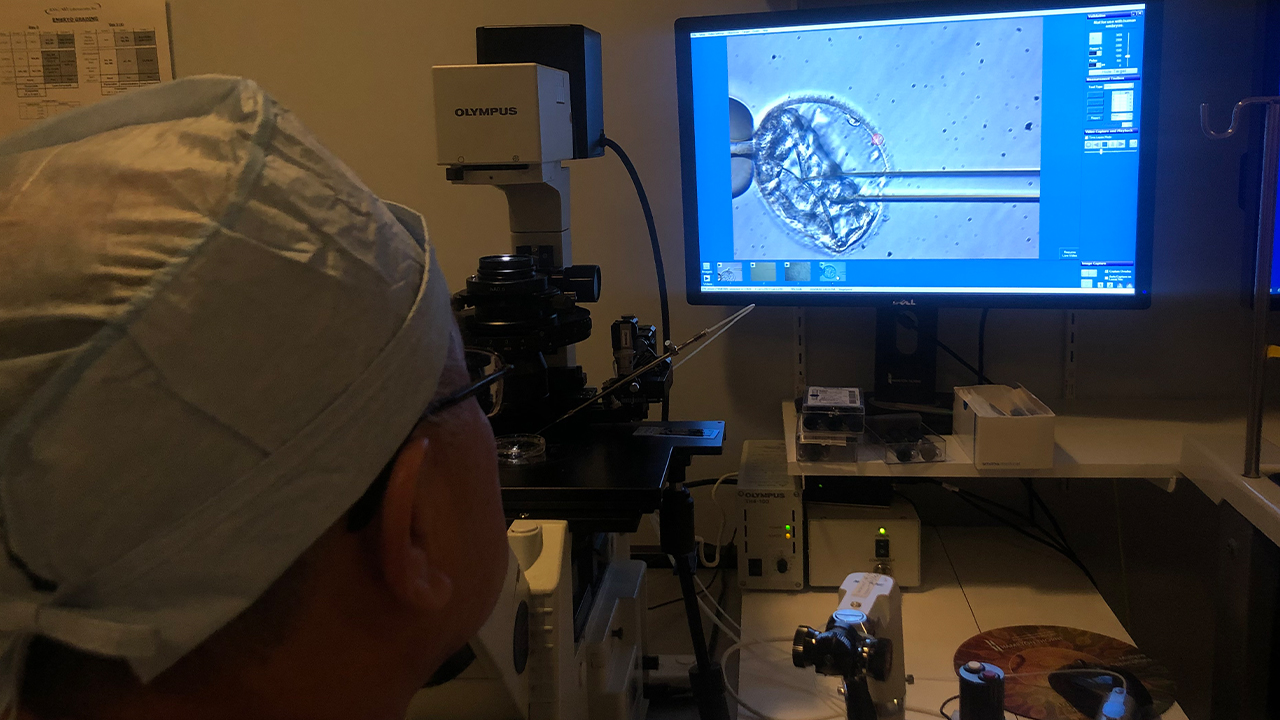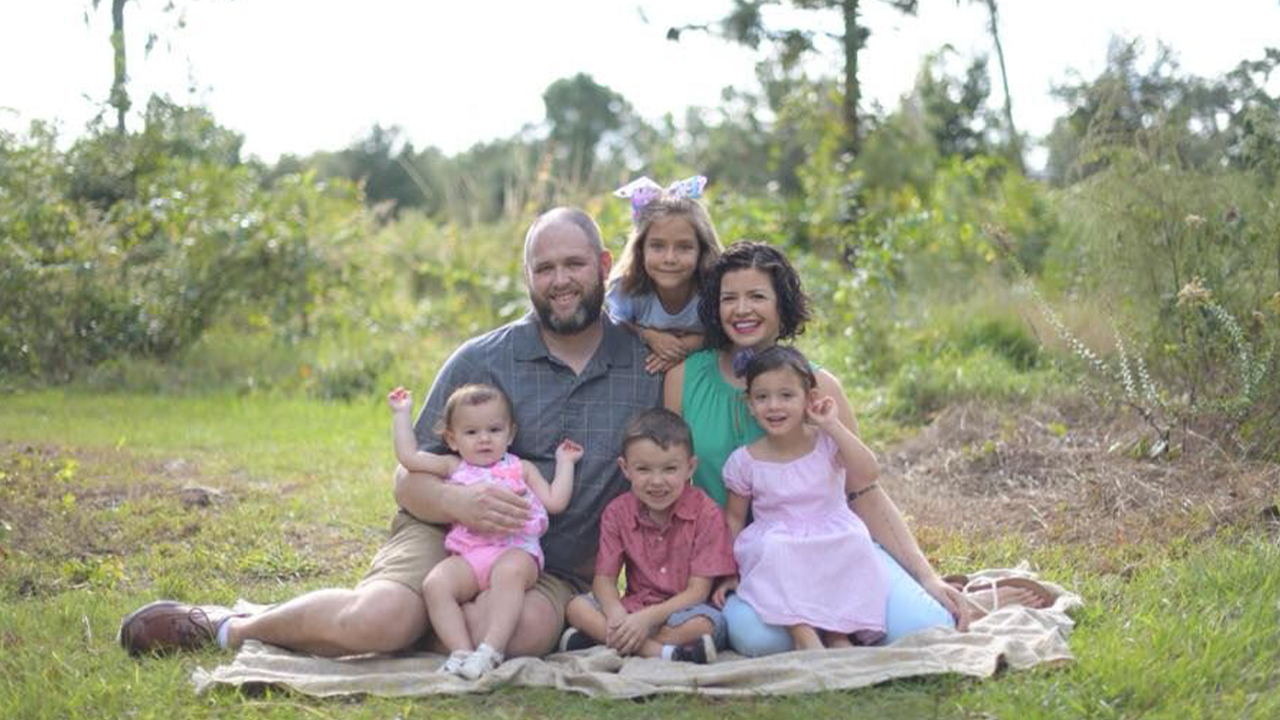Like many families, Crystal and Rich Colbert play with their four children after school each day. But their family’s “normal” didn’t come easily.

“This was when they inserted her through the catheter into my uterus,” Crystal said as she pointed to a tiny spot on a picture of an ultrasound image.
What she is pointing to is an embryo. That embryo is now her 3-year-old daughter, Nora. Nora was donated to the Colbert family as an embryo.
Embryo donation is still a relatively new concept, but it’s an option that helped Rich and Crystal when they learned she couldn’t have children.
“All my life I wanted to be a mom, and it just did not come easy to me,” Crystal said.
For five years they tried before they turned down the road of fostering. They adopted two children through foster care, but Crystal still had that yearning to experience pregnancy.
“I really never thought I would be able to carry a child,” she said.
Then she heard about embryo donation.
“There are around 500,000, give or take, embryos frozen in the United States,” said Dr. Sandy Goodman with the Reproductive Medicine Group in Tampa.
Dr. Goodman explains the embryos come from families hoping to start their own families through in vitro fertilization. Around 3,000 children have been born through embryo donation according to the National Fertility Support Center.

“Sometimes couples will complete their family, and there will be more embryos than they would like to transfer. And sometimes they will donate their embryos,” Dr. Goodman said. “Some of them remain frozen until a couple decides what they want to do. And others are donated to science.”
So what if the parents who donate their embryos eventually want to meet that child who was born to other parents? Just like adoptions, there are open cases and then others are donated anonymously.
That’s the case with the Colbert family.
The couple looked through 50 different profiles before they picked their batch.
“Our daughters were frozen for 11 and 13 years,” Crystal said. “They were created in 2003 and so they were just like frozen and waiting!”
The first round of embryo transfers didn’t work but with the second try, Crystal finally heard what she’d been longing so desperately to hear – her baby’s heartbeat.
“It had been, at that point, seven years of trying to have a baby and so to hear her heartbeat was pretty miraculous that maybe we were going to get to have a baby,” she said.
After her daughter Nora was born, they used their last embryo in the batch and had Evyn. Two biological sisters, carried by and born to a different mother. It’s something Crystal keeps out in the open with the kids.
“We kind of tell the kids that we got baby seeds from another family, that they were done with all their baby seeds and we needed some to make a family. Then the doctor put the baby seeds in mommy’s belly and then we got a Nora and an Evyn,” she said.

Embryo donation is a concept some find controversial.
“I’ve heard women say IVF is like playing God,” Crystal said, admitting she tried to push the idea away for some time. “In the end, I didn’t want to look back and have any regrets.”
Embryo Matchmaking
Couples who struggled with infertility are now donating
their extra frozen embryos to other infertile couples.
Select the dots below to find out more







